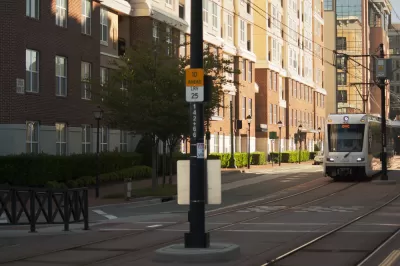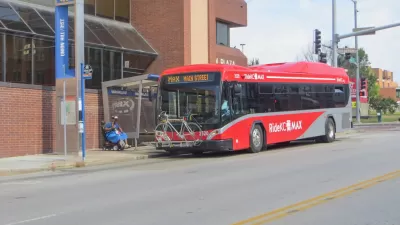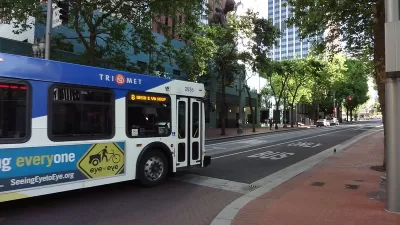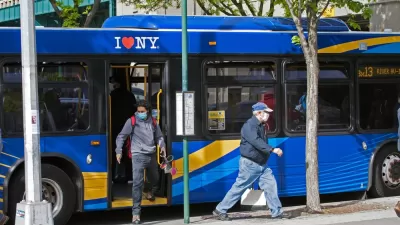The Norfolk City Council will vote in February on a draft transit system redesign organized around the principle of a high frequency grid, similar to system redesigns in other cities in recent years.

Wyatt Gordon reports that the city of Norfolk, Virginia is following in the footsteps of Richmond, Virginia by redesigning its bus system. The system redesign for Norfolk could be approved by the city council as soon as next month.
Should Norfolk’s City Council approve the new draft routes next month, by this fall residents of the “Mermaid City” could find their mobility much improved. Under the proposed new routes, 140,000 more residents (in a city of 244,000) would be within a quarter mile of a bus or train that arrives every 15 minutes for most of the day, an increase of 57 percent over today. The average person will also be able to access 31 percent more jobs than with the existing network.
The city launched the system redesign process by hiring "Amy Inman — the woman who led Richmond’s route redesign — to become the head of its first-ever Department of Transit, in charge of all transportation policy and infrastructure from sidewalks to scooter regulations." The city also hired consultant Jarrett Walker and Associates to undertake the redesign.
The draft recommended network is available online. Gordon concludes the article by considering the possibility that other Virginia cities could soon jump on the bus system redesign train.
FULL STORY: Norfolk is the next Virginia city to tackle a bus route redesign. Will more follow?

Study: Maui’s Plan to Convert Vacation Rentals to Long-Term Housing Could Cause Nearly $1 Billion Economic Loss
The plan would reduce visitor accommodation by 25,% resulting in 1,900 jobs lost.

North Texas Transit Leaders Tout Benefits of TOD for Growing Region
At a summit focused on transit-oriented development, policymakers discussed how North Texas’ expanded light rail system can serve as a tool for economic growth.

Why Should We Subsidize Public Transportation?
Many public transit agencies face financial stress due to rising costs, declining fare revenue, and declining subsidies. Transit advocates must provide a strong business case for increasing public transit funding.

How to Make US Trains Faster
Changes to boarding platforms and a switch to electric trains could improve U.S. passenger rail service without the added cost of high-speed rail.

Columbia’s Revitalized ‘Loop’ Is a Hub for Local Entrepreneurs
A focus on small businesses is helping a commercial corridor in Columbia, Missouri thrive.

Invasive Insect Threatens Minnesota’s Ash Forests
The Emerald Ash Borer is a rapidly spreading invasive pest threatening Minnesota’s ash trees, and homeowners are encouraged to plant diverse replacement species, avoid moving ash firewood, and monitor for signs of infestation.
Urban Design for Planners 1: Software Tools
This six-course series explores essential urban design concepts using open source software and equips planners with the tools they need to participate fully in the urban design process.
Planning for Universal Design
Learn the tools for implementing Universal Design in planning regulations.
City of Santa Clarita
Ascent Environmental
Institute for Housing and Urban Development Studies (IHS)
City of Grandview
Harvard GSD Executive Education
Toledo-Lucas County Plan Commissions
Salt Lake City
NYU Wagner Graduate School of Public Service





























